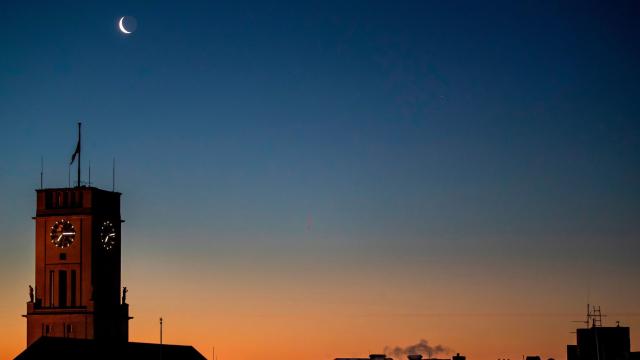A new study out Thursday highlights a disturbing consequence of the much-hated tradition of Daylight Saving Time. It found evidence that the yearly moving-ahead of clocks in the spring leads to more fatal car crashes throughout the U.S. during the following week.
The new study, published in Current Biology, looked at U.S. data on fatal traffic crashes between 1996 and 2017 in states where Daylight Saving Time is observed (Hawaii and parts of Arizona excluded). They specifically focused on the week before, during, and after the time change.
Compared to those adjacent weeks, the team found there was an average 6 per cent increase in the risk of a fatal car crash during the week of Daylight Saving. This increase in risk was seen even on Sunday, when many people might have the chance to sleep in. But from Monday to Friday of these weeks, the team estimated there were around five to six extra crashes a day that wouldn’t have happened if not for Daylight Saving. Across the 22-year-old study period, that would have amounted to over 600 preventable fatal accidents.
“The public health impact of the DST transition regarding fatal traffic accident risk is clear from our data,” said study author Céline Vetter, a sleep and circadian rhythm researcher at the University of Colorado Boulder, in a statement provided by the university. “Because our data only included the most severe accidents, namely where a fatality was recorded, this estimation is likely an underestimation of the true risk.”
As many who’ve had the misfortune of experiencing Daylight Saving likely already know, the hour ahead can make our early mornings suddenly much darker. That scenery change can muck up our body clocks, which can make us groggy and less able to drive safely. The authors also noted that the changes in natural lighting during the morning and evening could affect driving conditions, though that probably plays a smaller role.
Since 2007, the U.S. has mandated that Daylight Saving”implemented originally as a way to provide people more hours of daylight and conserve energy that would have been spent lighting our buildings an extra hour in the evening”start on the second Sunday of March. Previously, it had started in April. The authors found some evidence the shift to March might have actually made fatal car crashes more likely. That said, they didn’t find evidence that the ending of Daylight Saving, now on the first Sunday of November, led to a jump in fatal accidents.
Still, coupled with other research linking the time changes caused by Daylight Saving to other public health risks, including an increase in heart attacks, stroke and sleep deprivation, the study’s findings are really just another nail in the coffin for ending this blasted cycle already. Some U.S. states are starting to agree.
In 2019, Oregon passed a law to make Daylight Saving permanent, but it would only come into effect if Washington and California passed a similar law, to make the transition easier for everyone living on the West Coast. Washington did pass their version that same year, but it’s unclear when it might come into effect. In 2018, California residents voted to have a similar measure making Daylight Saving permanent up for approval by the state congress, but progress has since stalled.
